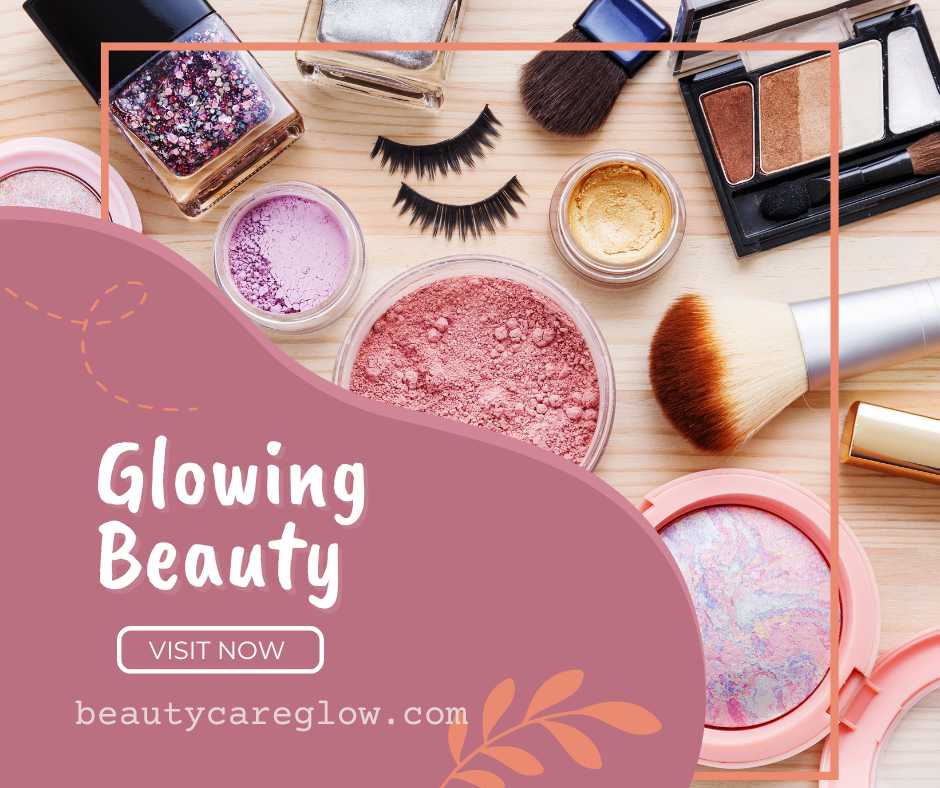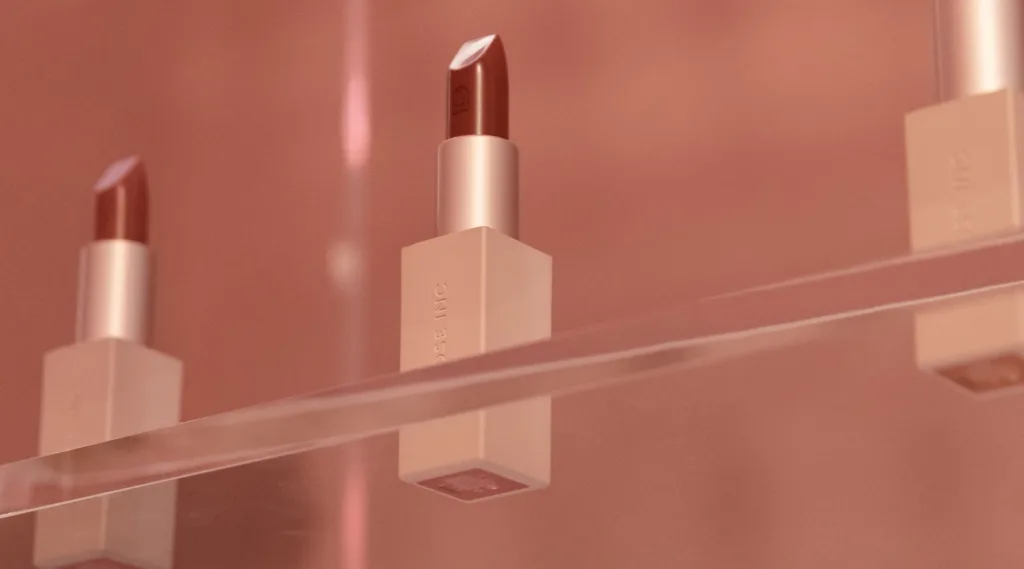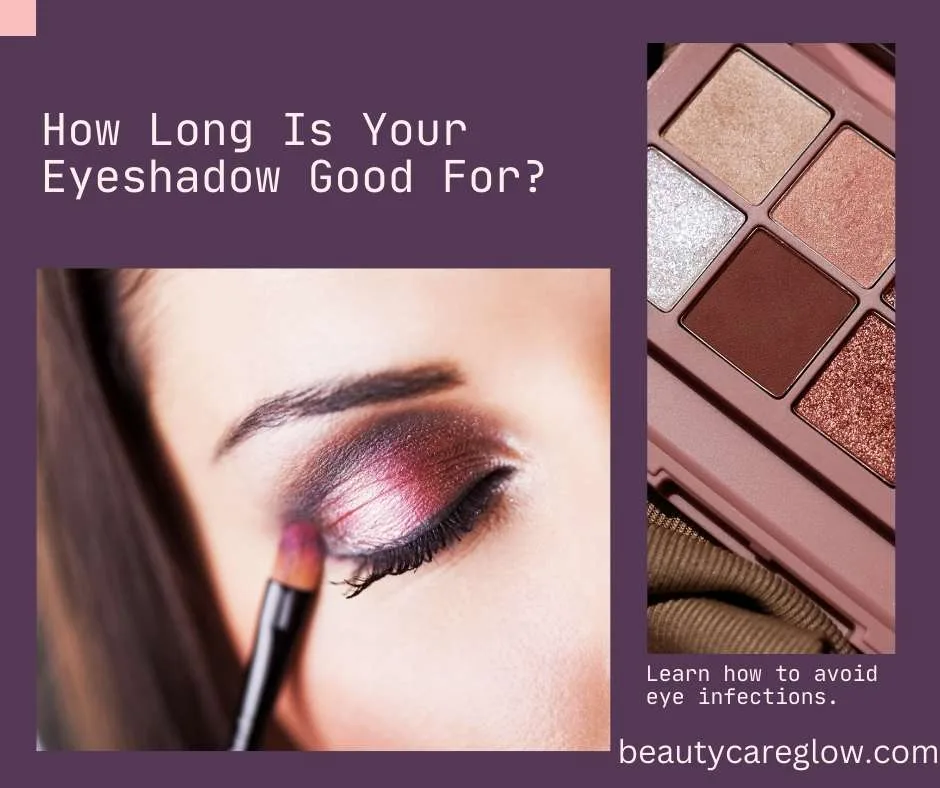Explore the lifespan of your eyeshadow with our expert insights on How Long is powder Eyeshadow Good for. From storage tips to quality indicators, our guide ensures your eyeshadows stay vibrant and safe for a flawless makeup experience.
Eyeshadow typically lasts for about 1 to 2 years. It’s essential to note the shelf life can vary based on the formula.
Choosing the right eyeshadow can elevate your makeup game, but knowing when it’s time to replace it ensures safety and performance. Eyeshadows come in various forms – powders, creams, and liquids, each with its own longevity and signs of expiration.
Discerning beauty enthusiasts understand that the lifespan of eyeshadow is not infinite. Over time, the pigment can degrade, the consistency can change, and, more importantly, there’s a heightened risk of eye infections from outdated products. A clear criteria for shelf life helps maintain the delicate balance between makeup safety and creativity. Recognizing when to hold onto that favorite hue and when to let go is a quintessential part of any makeup routine.
Understanding Eyeshadow Shelf Life

The quest for the perfect eyeshadow hue can lead beauty enthusiasts to accumulate a wide array of colors and textures. But just like any other cosmetic product, eyeshadows don’t last forever. Whether it’s the luxurious feel of a powder, the creamy richness of a stick, or the sheen of a liquid, eyeshadows have a finite shelf life which may impact both their performance and safety. Knowing when to hold on to that favorite shade and when to let go can be a matter of understanding the factors that contribute to a product’s longevity.
What Determines The Shelf Life Of Eyeshadow?
The shelf life of eyeshadow is influenced by a combination of formulation, packaging, and usage habits. Most products come with a Period After Opening (PAO) symbol that suggests how long the product remains usable after it’s first opened. Typically, the shelf life of eyeshadow can range from one to three years, but this may vary greatly depending on the product’s composition and how it’s stored.
Factors Affecting The Longevity Of Eyeshadow Products
- Ingredients: Preservatives and other components can extend or shorten the lifespan of your eyeshadow.
- Exposure to Air and Light: Products exposed to air and light can deteriorate faster due to oxidation and photodegradation.
- Method of Application: Using clean brushes or applicators can prevent contamination and extend the life of the product.
- Storage Conditions: Storing eyeshadow in a cool, dry place away from sunlight keeps it from degrading prematurely.
- Moisture: Any moisture introduced to the product can encourage bacterial growth, which can lead to quicker spoilage.
How To Ensure Eyeshadow Remains Effective For Longer
To maximize the lifespan of your eyeshadows, be vigilant about using clean applicators and ensuring you close the packaging tightly after each use. Avoid sharing your eyeshadows to minimize risk of contamination, and should any change in smell, texture, or color occur, be ready to discard the product to safeguard your eye health.
| Eyeshadow Type | Average Shelf Life | Signs of Expiration |
|---|---|---|
| Powder | 1-3 years | Change in texture, smell |
| Cream | 12-18 months | Dryness, separation |
| Liquid | 6-12 months | Discoloration, off-odor |
How Long Is Powder Eyeshadow Good For?

Every makeup enthusiast knows the bitter-sweet moment when they stumble upon an eyeshadow palette they bought ages ago, nestled in the back of a drawer. The swirling patterns of color are still visually enchanting, but the pressing question arises: is it still safe to use? Understanding the lifespan of your eyeshadow is crucial for maintaining good eye health while enjoying the art of makeup. Let’s delve into the specifics.
Examining The Typical Expiration Period Of Eyeshadows
The longevity of eyeshadow can vary based on formulation and storage conditions. In general, powder eyeshadows have a shelf life of about two years, while cream-based eyeshadows are good for about 12 to 18 months. However, these time frames aren’t set in stone, as the actual shelf life can be affected by factors such as humidity, temperature, and frequency of use.
Factors influencing eyeshadow expiration:
- Preservatives used in the product
- Exposure to air and light
- Frequency of application
- Use of clean brushes or fingers
Signs That Indicate Your Eyeshadow Has Expired
Knowing when to part with your favorite eyeshadow is key to prevent potential skin and eye irritations. Here are tangible signals that your eyeshadow is past its prime:
- Color Changes: If the pigment looks faded or has altered in shade, it’s time to toss it.
- Texture Variation: Powder eyeshadows becoming hard or cream shadows forming a crust are telling signs.
- Unpleasant Odor: Any change in scent, particularly a rancid one, indicates degradation.
- Irritation: Experiencing discomfort, redness, or swelling after usage is a red flag.
Discarding expired eyeshadows is not just about maintaining makeup performance, but also about safeguarding your ocular health. Keep an eye out for these indicators to ensure a fresh and vibrant makeup experience, every time.
Maximizing The Shelf Life Of Eyeshadows

Every makeup enthusiast knows that eyeshadows can transform a look from simple to stunning. But much like all good things, eyeshadows have a finite lifespan. To get the most out of these colorful compacts, understanding how to extend their shelf life is crucial. Let’s break down some effective strategies to keep your eyeshadow products vibrant and safe to use for as long as possible.
Extending the life of your eyeshadows is not just a matter of cost efficiency—it also means consistent application performance and color payoff every time you use them. Here are practical tips to help you achieve this:
- Always use clean brushes or applicators to prevent the transfer of oils and bacteria, which can degrade the quality of your eyeshadow.
- Avoid direct sunlight and heat exposure, as they can cause the pigments in eyeshadows to break down faster.
- Take note of the expiration date provided by the manufacturers. While it’s a good benchmark, remember that the actual shelf life may vary based on usage and storage conditions.
- Discard any eyeshadows that have changed in smell, texture, or color, as these are signs of spoilage, which could be harmful to your skin and eyes.
Adopting proper storage and maintenance practices is essential to preserve the integrity of your eyeshadows. These measures not only help to maximize shelf life but also ensure that your eyeshadows provide optimal performance over time. Here’s what to keep in mind:
- Choose a cool, dry place for storage to protect against moisture and mold growth, which can spoil your eyeshadow.
- Keep your eyeshadows tightly closed when not in use to avoid contamination and drying out of cream-based formulas.
- Clean your eyeshadow palettes regularly to prevent dust and debris from compromising the quality.
- Avoid sharing your eyeshadow to reduce the risk of transferring bacteria or infection.
| Practice | Benefit |
|---|---|
| Clean Application Tools | Prevents bacteria build-up |
| Avoid Heat Exposure | Preserves pigments and texture |
| Regular Cleaning | Enhances longevity |
| Proper Closure | Keeps products fresh longer |
:max_bytes(150000):strip_icc():focal(749x0:751x2)/jennifer-lawrence-diors-carousel-of-dreams-saks-holiday-window-light-show-unveiling-112123-1-c84c40b87d474162adbbe42be129614e.jpg)
Credit: people.com
Evaluating Expired Eyeshadows
Navigating the makeup bag often unveils beloved eyeshadow palettes whose best days are potentially behind them. Understanding the lifespan of makeup and specifically, eyeshadow, is crucial for maintaining both eye health and makeup performance. Once eyeshadows reach their expiration, the risks they harbor and the signs of breakdown become increasingly important to recognize. Let’s delve into evaluating expired eyeshadows and safeguard your beauty rituals against potential pitfalls.
Potential Risks Of Using Expired Eyeshadows
The eyes are inherently sensitive and prone to irritation, making the use of expired cosmetics particularly risky. Over time, eyeshadows can accumulate bacteria and break down chemically, potentially leading to:
- Eye infections: Expired shadows may harbor harmful bacteria, risking conjunctivitis or styes.
- Skin irritation: Degraded products can cause itching, redness, or dermatitis.
- Poor application: Altered textures and consistency can affect the evenness of application.
- Reduced pigmentation: Faded colors and reduced intensity can disappoint.
Knowing the signs, such as an off smell, a change in texture, or a separation of ingredients, is critical in identifying when it’s time to bid your eyeshadow adieu.
Safe Disposal Methods For Expired Eyeshadows
When it’s time to part with expired eyeshadows, proper disposal is key to minimizing environmental impact. Simple steps include:
- Recycling: Check if the packaging is recyclable. Remove any non-recyclable components before disposing of it in your recycling bin.
- Upcycling: Get creative! Repurpose the cases for small storage or crafts.
- Trash: If recycling isn’t possible, ensure all product is cleaned out before discarding to reduce contamination.
By disposing of your expired eyeshadows responsibly, you’re not only protecting your skin and eyes but also taking a step towards sustainable beauty practices.
Sustainable Practices In Eyeshadow Usage
Embracing sustainable practices in eyeshadow usage not only extends the shelf life of your favorite shades but also contributes positively to our environment. With a keen eye on longevity and eco-friendliness, beauty enthusiasts are seeking ways to minimize waste and support sustainable options. Let’s explore practical steps towards incorporating sustainability into your makeup routine.
Minimizing Wastage And Choosing Environmentally Conscious Options
One key aspect of sustainable cosmetics is the reduction of waste. Making informed choices can lead to a significant decrease in environmental impact. Here’s how you can minimize eyeshadow wastage:
- Purchase multipurpose products that can be used as eyeshadow, blush, or highlighter, reducing the need for multiple separate items.
- Opt for refillable palettes, allowing you to replace only the shades you’ve used up rather than the entire palette.
- Buy smaller quantities more frequently to avoid expiration and unused products.
In addition to curbing wastage, choosing environmentally friendly options has a profound impact:
- Select eyeshadows that are free from harmful chemicals and are not tested on animals.
- Support brands that use sustainable sourcing for their ingredients and packaging materials.
- Recycle and repurpose packaging wherever possible.
The Role Of Sustainability In The Cosmetics Industry
As consumers become more eco-conscious, the cosmetics industry adapts, placing greater emphasis on sustainability. This transformation manifests in several ways:
| Sustainability Initiative | Industry Impact |
|---|---|
| Eco-friendly Packaging | Reduction in plastic use and increased recycling options. |
| Clean Beauty Formulations | Use of non-toxic, biodegradable ingredients that are safer for both consumers and the environment. |
| Ethical Sourcing | Promotion of fair trade and protection of natural resources. |
By adopting these practices, the industry takes a proactive stance towards environmental stewardship, influencing both supply chains and consumer habits. Sustainable eyeshadow usage is more than a trend; it’s a commitment to a healthier planet.
Frequently Asked Questions For How Long Is Eyeshadow Good For

What’s The Shelf Life Of Eyeshadow?
The shelf life of eyeshadow typically ranges from 1 to 2 years. Powders last longer due to their low moisture content, reducing bacterial growth.
Can Expired Eyeshadow Cause Harm?
Using expired eyeshadow can lead to skin irritation or infections. Bacteria build-up over time makes it unsafe for the delicate eye area.
How To Tell If Eyeshadow Has Gone Bad?
Look for changes in color, smell, or texture. If eyeshadow becomes dry, crusty, or develops an odor, it’s time to discard it.
Do Unopened Eyeshadows Expire?
Unopened eyeshadows can expire. While sealed products last longer, they should still be used within 2 to 3 years for best quality and safety.
Conclusion
Understanding your eyeshadow’s lifespan ensures both safe application and optimal usage. Regular inspection and adherence to typical expiry dates, usually 12-24 months, are essential. Embracing these tips will keep your eyes stunning and healthy, making the most of your makeup investment.
Remember to refresh your collection as needed!